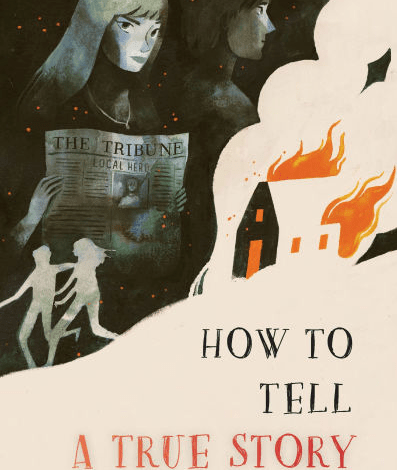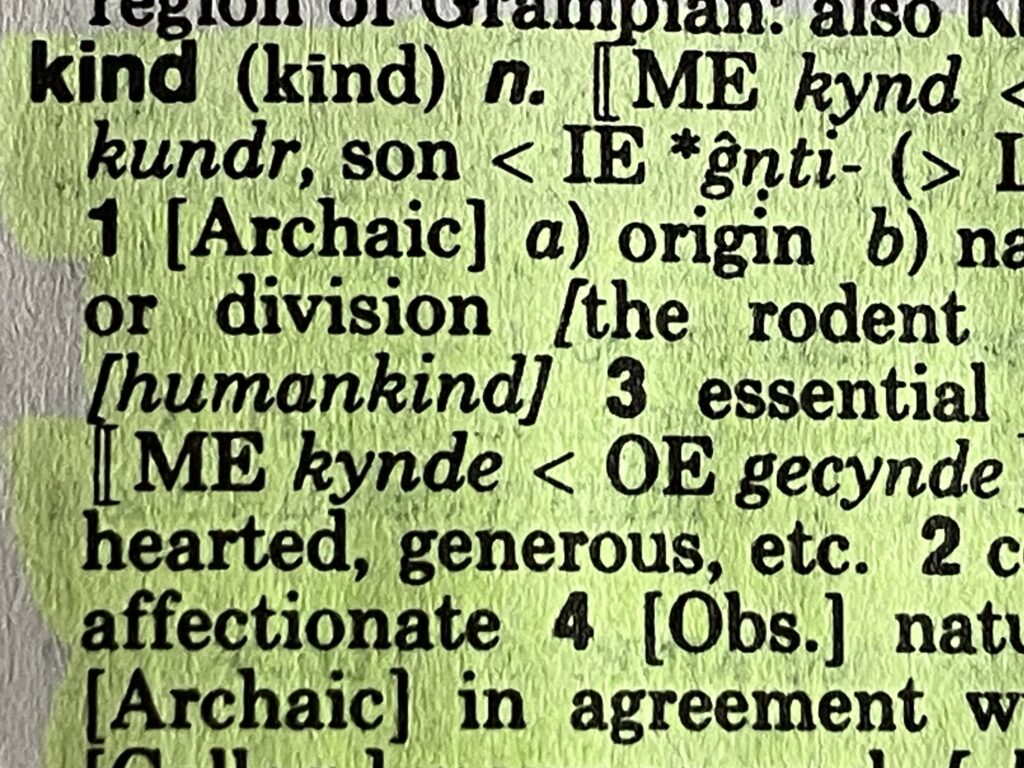It’s Complicated! A guest post by Tricia Springstubb

“Spread kindness like confetti!”
That’s the motto of the middle school club in my new young -teen-lit novel, How to Tell a True Story. The Confetti Club members are determined to do good. Like so many kids, they want to change the world, one act of kindness at a time. That wonderful empathy and hope may be what I love most in young people.
An actual act of kindness inspired my story. I was at an assembly where a student whose house had been destroyed by fire was given a generous, heartfelt gift: a collection of brand-new books. It was such a moving gesture, and of course the child said thank you.
SCROLL TO KEEP READING THIS POST
But writers can’t help asking questions, and afterwards, I found myself wondering: what if she didn’t really want all those books? What if she secretly wished she’d been given toys or games instead, but she had to act grateful?
I had zero reason to believe that was the case! But I started thinking about how complicated the acts of giving and receiving are. How kindness is always well-intentioned, but how we often expect something in return. I started making notes for a story about a girl whose community comes together to help her family after a fire, and all the complications that could arise from that.
Be kind! It’s one of the most powerful, important messages we can give, in our classrooms and in our books. But as one of my Confetti Club members points out, “It can be hard to be a friend to someone who isn’t like you.” Often, “The sad fact is, it’s easier to be selfish than generous.”
Kids know this. Even with their enormous capacity for empathy, they know that being kind can be a struggle. Sharing a pencil, complimenting a classmate’s earrings, letting someone else go first—these small acts make us feel good. But what about reaching out to that girl who always eats lunch alone? Does she really want company? Won’t it just be awkward to approach her? How about that big-mouthed kid who acts like he doesn’t need any friends? Asking him to join the game is probably just looking for trouble. Better to steer clear.

How to Tell a True Story grapples with how complicated kindness can be. Amber’s family has lost everything in a fire. She herself might have died, if her big brother Gage hadn’t rescued her. Gage becomes a local hero and Amber is the sudden center of attention at her middle school, where the Confetti Club holds a hugely successful fundraiser for her family. Her unrequited crush notices her now. She’s invited to the popular kids’ lunch table and parties, and she features in their media posts. All at once Amber, who’s always felt invisible at school, is a celeb.
Her story is the sort everybody loves to believe—the affirming, feel-good story of their own kindness. But it all changes when she learns what actually happened the night of the fire. The truth is neither affirming nor feel-good. In fact, it will almost certainly make people turn against her and her family. Can she cover it up? Wouldn’t it be better for everyone if she did?
How to Tell a True Story asks lots of questions. Does Amber’s family still deserve the kindness that’s been showered on them? Are her classmates right to feel betrayed, to think their kindness was wasted? Can kindness be wasted? Is kindness a gesture or something that goes deeper?
In a world where it’s all too easy to recognize unkindness, that last question might seem sort of picky. But I never underestimate kids’ ability and desire to think deeply about big issues. Kindness is demanding! True kindness takes the curiosity to try to understand others and the courage to act selflessly. It asks us to recognize ourselves in others, and to believe we’re all in this together. In How to Tell a True Story, two of Amber’s classmates come up with their own definition: “Kindness is not a reward. Everybody deserves it, no matter what.”
My big hope is that after reading my book, kids will discuss and debate and define true kindness for themselves. Spread kindness like confetti—yes! But let’s also plant it deep inside.
Meet the author

Life is complicated! Tricia Springstubb writes to try and figure it out, both for herself and for her readers. She’s the author of award-winning books for kids of all ages, from picture books to chapter books to middle grade novels that include What Happened on Fox Street, Moonpenny Island, Every Single Second, The Most Perfect Thing in the Universe and Looking for True.. She’s excited that her newest book, How to Tell a True Story, fills the need for more young teen lit fiction. A frequent speaker at schools, libraries, and conferences, Tricia lives in good old Cleveland, Ohio.
instagram: tricia_springstubb
substack: Tricia Springstubb
Facebook: tricia.springstubb
About How to Tell a True Story
SCROLL TO KEEP READING THIS POST
After seventh grader Amber’s secretive older brother rescues her from a devastating house fire, the community’s response proves that kindness is as complicated as family in this novel for younger YA readers.
There’s nothing very special about Amber Price. She’s not a star student, athlete or artist, and definitely not one of the popular kids. Her crush hardly knows she exists. At least, that’s her life before. Before a fire destroys her home, before her older teenage brother Gage saves her life, before her classmates rally to stage a fundraiser, The Price of Kindness, for her family. Suddenly, Gage who was hurt in the fire is a famous hero and Amber is the center of attention at school. Everyone wants to help, everyone wants to be kind, everyone wants to tell her story.
As Amber enjoys her new popularity, she keeps her worries to herself. Her parents are arguing more than ever, and her father has moved into an apartment while the rest of them stay with Amber’s aunt. And why, after he risked his life for her, is Gage keeping secrets from her? Then just days before her family will be honored in a special Price of Kindness presentation at school, she discovers how the fire started and faces huge moral question: Is it wrong to tell lies to save yourself and those you love?
The Most Perfect Thing in the Universe author Tricia Springstubb poignantly explores the way disasters impact family and community, painting a tender portrait of resilience and empathy in this young YA novel.
A Junior Library Guild Gold Standard Selection
ISBN-13: 9780823458486
Publisher: Holiday House
Publication date: 04/01/2025
Age Range: 12 – 14 Years
Filed under: Guest Post





